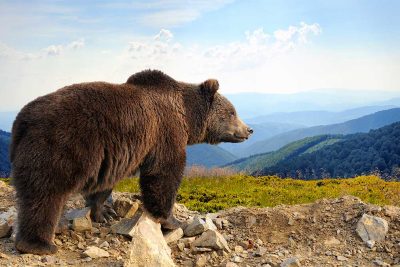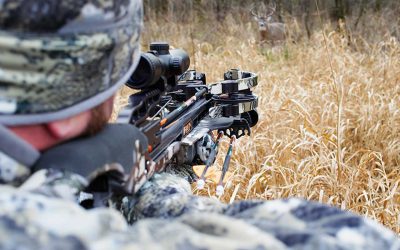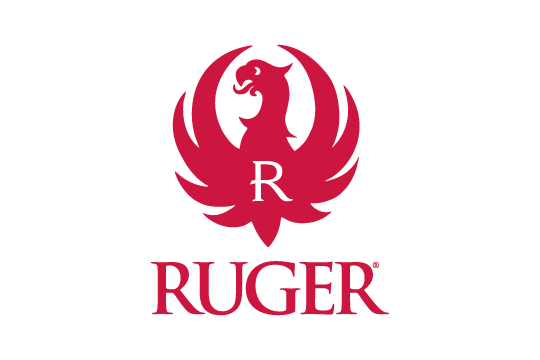Nutrition: Comparison of Fowl and Small Game

Want to know how a wild duck stacks up against a rabbit in terms of protein? As you may know, these are pretty lean meats especially when compared to the hormone-packed cuts you can get at large grocery stores.
Duck
Ducks are one of the most popular animals for hunting trips, and has a long history throughout the world. They appear in cave paintings, and there’s a mural dated back to 1900 BC that shows a man using a hunting blind to capture ducks in a trap according to Wikipedia.
Serving Size — 3 oz.
Calories — 102
Protein — 16 g
Fat — 4 g
Cholesterol — 64 mg
Vitamins (percentage by daily recommended dosage)
21% Iron, 15% Riboflavin, 23% Thiamin
Canadian Goose
The Canadian Goose can be found across the United States as well as our neighbor to the north. They’re often identified by their black head and neck with white patches on their face. They have no problems migrating through established colonies of humans. They’re also one of the most commonly hunted waterfowl across the continent.
Serving Size — 3 oz.
Calories — 201
Protein — 24 g
Fat — 12 g
Cholesterol — 81 mg
Vitamins (percentage by daily recommended dosage)
12% Iron, 18% Riboflavin, 6% Thiamin
Wild Turkey
Technically the same species as the domesticated turkey, they’re a lot craftier and shiftier than you might expect from those plump, overfed, farm varieties. They’re also surprisingly adept at flying despite their weight. They fly fairly low to the ground and for distances of around a quarter mile at a time.
Serving Size — 3 oz.
Calories — 163
Protein — 26 g
Fat — 1 g
Cholesterol — 55 mg
Vitamins (percentage by daily recommended dosage)
25% Iron, 5% Riboflavin
Quail
Quails are a version of landfowl and a member of the Galliformes order. They’re hunted on farms and in the wild for a pretty popular hunt. Distributed throughout the world from Africa to Australia, normally they don’t take long migrations, however some do.
Serving Size — 3 oz.
Calories — 145
Protein — 23 g
Fat — 2 g
Cholesterol — 94 mg
Vitamins (percentage by daily recommended dosage)
22% Iron, 13% Riboflavin, 6% Thiamin
Grouse
They’re sort of like camouflaged quails and very difficult to spot among the forest foliage. They can range from very small, up to 14 lbs for the males.
Serving Size — 3 oz.
Calories — 140
Protein — 24 g
Fat — 1 g
Cholesterol — 101 mg
Vitamins (percentage by daily recommended dosage)
19% Iron, 12% Riboflavin, 5% Thiamin
Pheasant
A very well-known and popular gamebird, pheasants have worldwide appeal for hunters. It’s been introduced in nearly every country where they are sometimes commercially bred.
Serving Size — 3 oz
Calories — 207
Protein — 27 g
Fat — 9 g
Cholesterol — 75 mg
Vitamins (percentage by daily recommended dosage)
6% Iron, 9% Riboflavin, 3% Thiamin
Cottontail Rabbit
They pretty much resemble European Rabbits with stub tails and white undersides. They’re found throughout the continent and live in large nests. They’re hunted by large birds of prey as they are by humans.
Serving Size — 3 oz.
Calories — 147
Protein — 28 g
Fat — 3 g
Cholesterol — 105 mg
Vitamins (percentage by daily recommended dosage)
23% Iron, 4% Riboflavin
Gray Squirrel
Native to the east and midwestern states, the Gray Squirrel is very common in residential areas as much as the forests. They’re quite invasive at times. As the name implies, they mostly have gray fur that can sometimes border on brown. They’re fairly small, and weigh about one pound.
Serving Size — 3 oz.
Calories — 147
Protein — 26 g
Fat — 4 g
Cholesterol — 103 mg
Vitamins (percentage by daily recommended dosage)
32% Iron, 14% Riboflavin, 3% Thiamin
Opossum
They were widely hunted throughout the southern states and even former President Jimmy Carter talked about hunting them on a farm when he was a child. They’re referenced by Mark Twain as a classic bit of American “cuisine.”
Serving Size — 3 oz.
Calories — 188
Protein — 26 g
Fat — 9 g
Cholesterol — 110 mg
Vitamins (percentage by daily recommended dosage)
22% Iron, 18% Riboflavin, 6% Thiamin
Raccoon
They’re clever little beasts and, at times, they’ve provided much-needed protein to wilderness settlements in the United States. They’re easily recognized by their distinctive face which resembles a mask and grayish coat. They’re adept at using their front paws and can be found acros the entire country.
Serving Size — 3 oz.
Calories — 217
Protein — 25 g
Fat — 12 g
Cholesterol — 82 mg
Vitamins (percentage by daily recommended dosage)
34% Iron, 26% Riboflavin, 33% Thiamin, 118% B-12
Beaver
The American beaver is found across the States as well as Canada. They’re the second largest rodent in the world. The population in this country was once more than 60 million according to Wikipedia. Since their peak population, they’ve been hunted for food and furs, as well as medicine and perfume.
Serving Size — 3 oz.
Calories — 180
Protein — 30 g
Fat — 6 g
Cholesterol — 99 mg
Vitamins (percentage by daily recommended dosage)
47% Iron, 16% Riboflavin, 20% B6, 3% Thiamin
Article originally published on GetZone.com.








